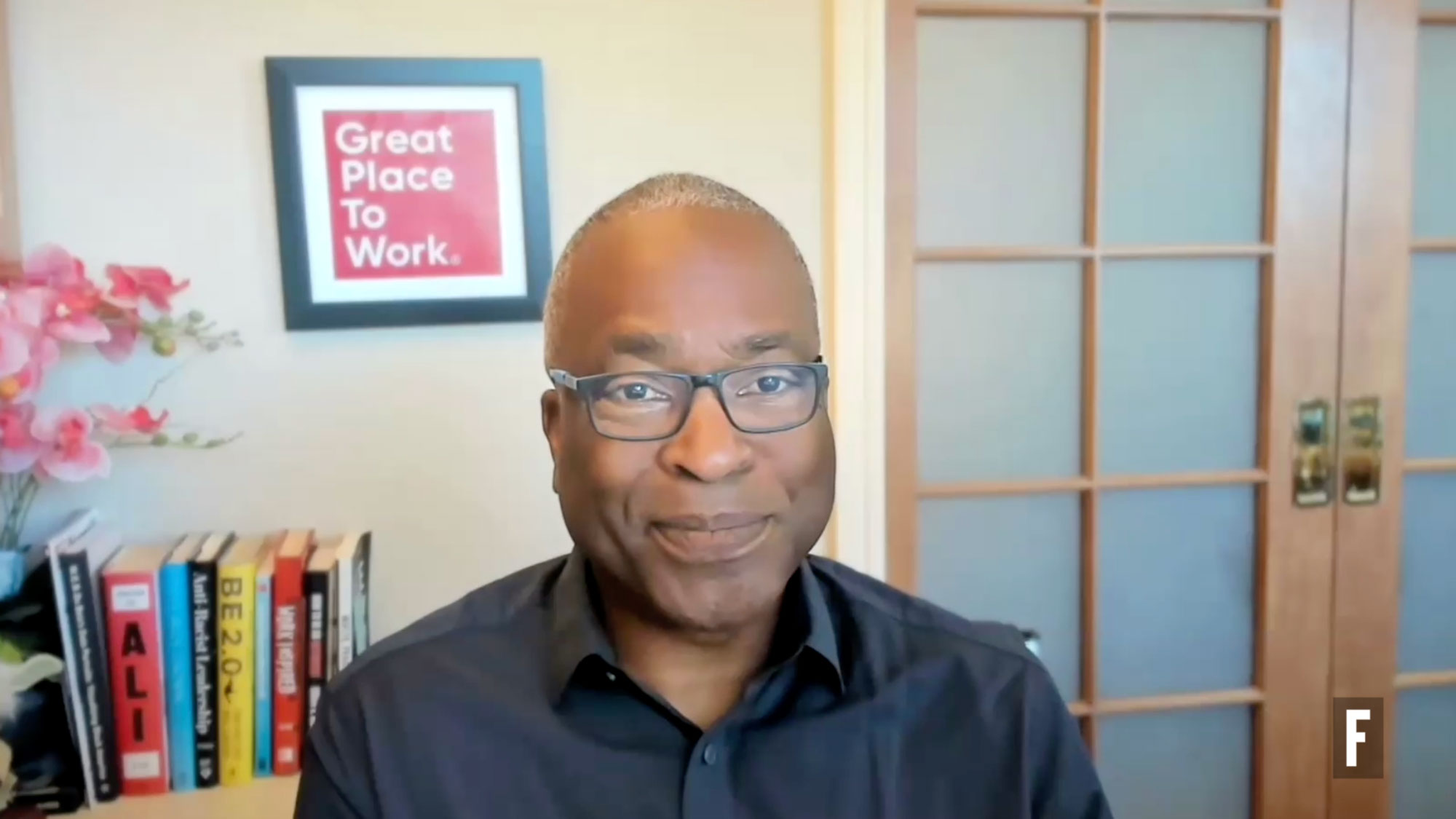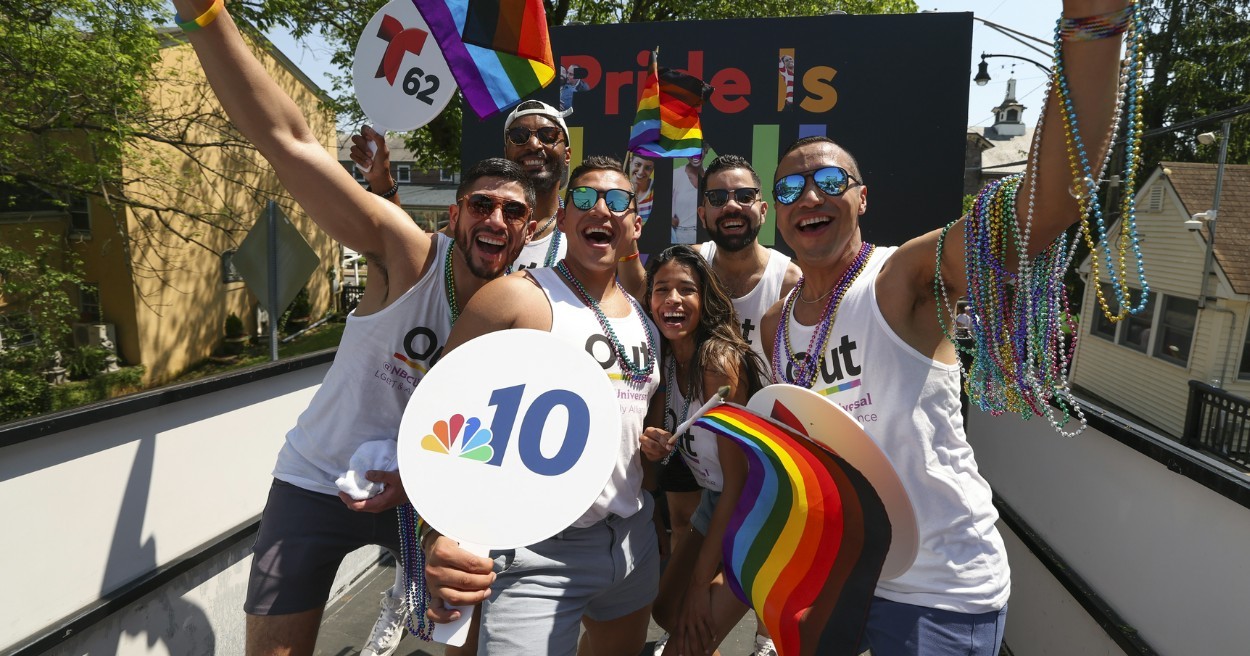The Catalyst Research Center recently released the report “Feeling Different: Being the “Other” in U.S. Workplaces” providing interesting data and insight into perceptions of diversity and inclusion in U.S organizations. The study points out the error of common association, which can often cause individuals feelings of “otherness.” This feeling often results from our categorization of groups by their dominant group, i.e. referring to nurses who are male as “male nurses” as opposed to “nurse”, which is commonly associated with the female gender, the position’s majority group. Likewise, male CEOs are commonly referenced as simply “a CEO” where female CEOs experience their gender being pointed out: she is “a female CEO.”
Consistently referencing positions based on their dominant group can reinforce the belief that those people holding the position should be from that group, causing those in the minority to feel excluded, divided from the team, and set apart from power structures at the top of their organization.
Catalyst’s study points out that gender and race/ethnicity are two of the common bases for feeling like “the other,” but that people of all groups – regardless of whether their racial/ethnic identity reflects that of the majority in society as a whole – can feel different from their workgroup based on race/ethnicity, and that feelings of otherness can really stem from any area of self-identification. For example, besides gender/race/ethnicity, Catalyst’s research also looks at data from LGBT and Expatriate individuals, who often reported experiencing feelings of “otherness.” The study’s findings come from a sample of 2,463 MBA graduates (33% women and 67% men) working in corporate and non-corporate firms in the United States at the time of the survey.
Data from the study highlight some surprising and troubling effects of perceiving oneself as an “other.” Women respondents who identified as feeling racially/ethnically different were the least likely to be at the senior executive/CEO level (10%) compared to men who felt different (19%) and those who did not feel different (16% women; 25% men). It’s important to note, too, that the women who identified as feeling racially/ethnically different had no less experience or qualifications than those in the position.
Additionally, Catalyst’s survey identified that women who perceived themselves as “others” experienced fewer promotions: 48.2% had received two or more promotions versus 55.6% of women who did not feel racially/ethically different. 51.4% of men who felt racially/ethnically reported receiving two or more promotions versus 58.4% of men who did not feel racially/ethnically different.
Catalyst’s research also found that people who feel different from the majority in their workgroup are less likely to be mentored by C-suite or senior executives at their organizations. This is troubling considering that previous research by Catalyst found that the level of one’s mentor often predicts advancement (the more senior a mentor the more able they are to recommend for high-level/visibility positions). Of those surveyed, only 58% of women who felt racially/ ethnically different had mentors who were CEOs or Senior Executives. This is compared to 71% of women who did not feel different, 72% of men who did feel different, and 77% of men who did not feel different.
Workplace exclusion or feelings of otherness based on racial/ethnic differences can also affect individuals beyond their organizations. Women who felt racially/ethnically different (46%) were more likely to downsize their dreams and aspirations than women who did not feel different (33%) and of those who felt racially/ethnically different, women were nearly twice as likely as men (25%) to downsize their aspirations. Women who identified as feeling racially/ethnically different and had children and spouses had an even a higher likelihood of downsizing aspirations.
This data provides some serious food for thought for organizations. What is the impact to your organization if talented employees are experiencing feelings of “otherness” and exclusion? Organizations with employees experiencing this are likely missing out on enormous amounts of talent and innovation, not to mention losing important values and aspects of a great workplace culture. Use this research to keep in mind the message we send by identifying roles by the dominant group, and take a look at what policies and programs (both formal and informal) your company has in place to ensure that those with backgrounds that differ from the majority in the workgroup feel that their workplace is an inclusive environment and have equal access to mentorship at the top, fair evaluation, and promotions.







